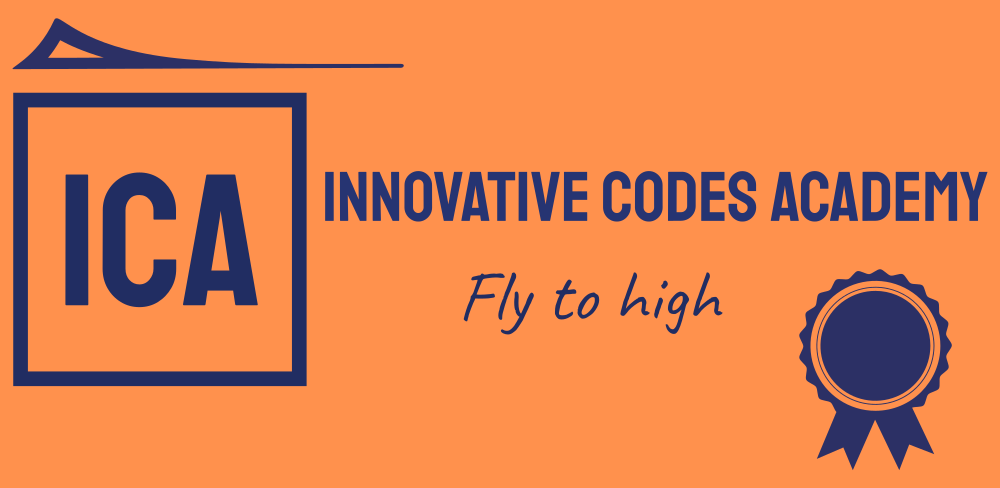1.What are major activities conducted in elaboration phase in UP?
A) Operational B) User Feedback C) Planning and modelling D) Release
Answer: C) Planning and modelling
2. What is the programming style of the object oriented conceptual mode ?
A) Invariant relationships B) Classes and Objects C) Algorithms
D) Goals, Often expressed in a predicate calculus.
Answer: B) Classes and Objects
3. Abstraction is classified into ___________ types
A) 2 B) 3 C) 1 D)4
Answer: D) 4
4. Which of the following UML diagrams has a static view?
A) Collaboration B) Use case C) State chart D) Activity
Answer: B) Use case
5. The process of compartmentalizing the elements of an abstraction that constitute its structure and behavior is called as ____________
A) Encapsulation B) Hierarchy C) Modularity D) Entity Abstraction
Answer: A) Encapsulation
6. Single inheritance, Multiple inheritance and Aggregation comes under __________
A) Typing B) Modularity C) Hierarchy D) None of the mentioned
Answer: C) Hierarchy
7. In which of the following mechanism, types of all variables and expressions are fixed at compilation time?
A) Strong Typing B) Weak typing C) Static Binding/ Early biding
D) Dynamic Binding/ Late biding
Answer: C) Static Binding/ Early biding
8.In which of the following mechanism, types of all variables and expressions are not know until runtime?
A) Strong Typing B) Weak typing C) Static Binding/ Early biding
D) Dynamic Binding/ Late biding
Answer: D) Dynamic Binding/ Late biding
9. At conceptual levels class diagrams should include ______________
A) Operations only B) Attributes only C) Both operations and attributes D) None of the mentioned
Answer: B) Attributes only
10. Constrains can be represented in UML by ______________
A) {text} B) [text]. C) Constrain D) None of the mentioned
Answer: A) {text}
